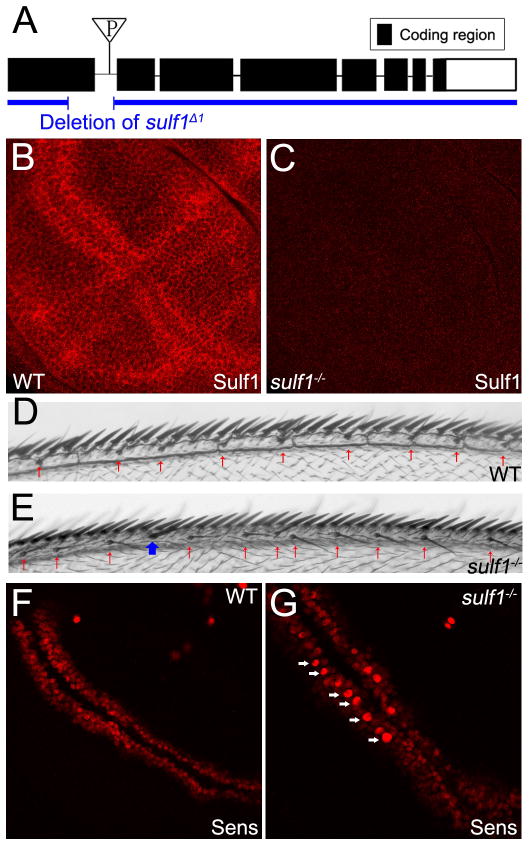Fig. 2. sulf1 mutant showed enhanced Wg activities.
A: Schematic map of Drosophila sulf1 (CG6725). The triangle shows the location of the P-element (P{GT1}GT000656) used to generate the sulf1 mutant. B,C: Immuno-staining of Sulf1 in late 3rd instar wing discs of wild-type (B) and discs of sulf1 homozygous mutant (C). Sulf1 protein is absent in sulf1−/− discs. Images B and C are processed identically. D,E: Dorsal-anterior view of adult fly wings of wild-type (D) and sulf1−/− (E). Homozygous mutant flies are viable, and show increased number of chemosensory bristles (CSBs) (red arrows) and ectopic mechanosensory bristle (MSB) on the wing margin (blue arrow). F,G: Immuno-staining of Sens in the wild-type (F) and sulf1−/− (G) wing discs. White arrows show the stronger Sens staining in the sulf1−/− disc. Images F and G are processed identically. H,I: Immuno-staining of Wg doesn’t show significant difference between the wild-type (H) and sulf1−/−(I) wing discs. Images H and I are processed identically. In all images, wing discs were obtained from late 3rd instar larva. Anterior compartment faces left, and dorsal compartment faces up.

